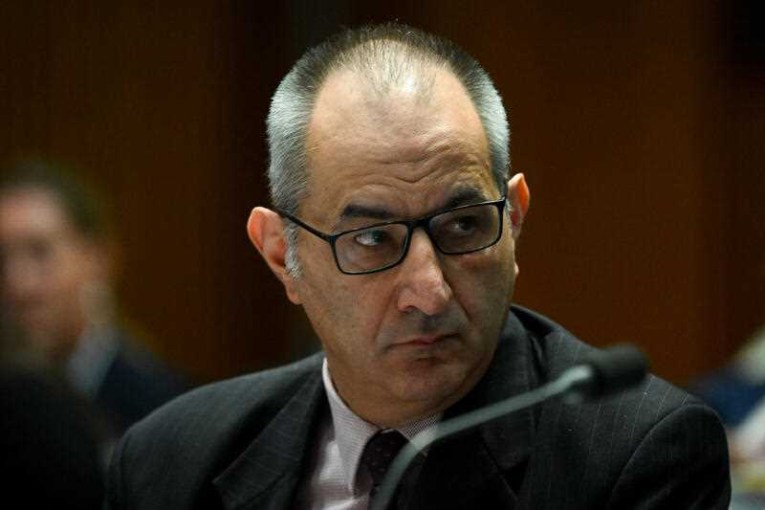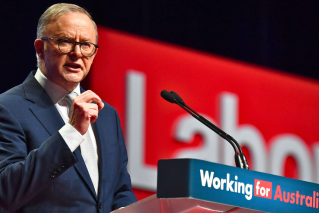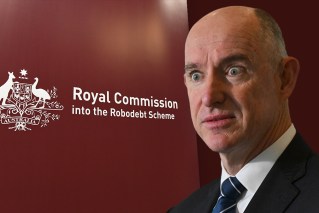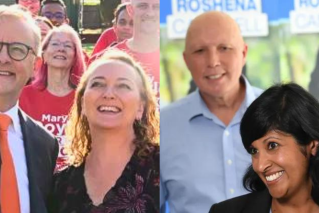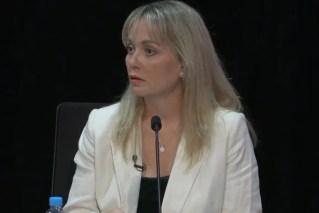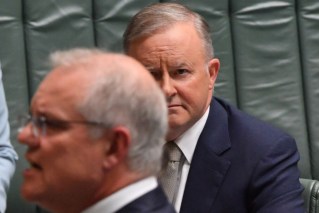How social media is shaping the choices of roughly 600,000 first-time voters


More than half of Australians ages 18-25 use social media as their primary news source. Photo: Getty
When Australia heads to the polls in May, around 600,000 young, digital-native Australians will vote in a federal election for the very first time.
The University of Canberra’s Digital News Report: Australia 2021 found more than half of 18 to 25-year-olds use social media as their primary news source.
This means campaigning is set to step up online – away from the checks and balances of traditional media.
“Gen Z are more vulnerable to misinformation as they are heavy users of digital platforms,” one of the report’s co-authors, Dr Sora Park, told The New Daily.
“Younger generations report coming across misinformation more than older generations. For example, 96 per cent of Gen Z encountered COVID misinformation in the past week [according to a December 2020 study].”
Dr Park added that young people are also less likely to trust established news outlets, and more likely to experience news fatigue.
“The period of an election campaign may be overwhelming for younger generations and may cause them to zone out,” she said.
YouTube, Facebook and Instagram are the top social networks young people use to access news, while TikTok is also increasing in popularity.
“On these platforms, people encounter news incidentally rather than by actively seeking,” Dr Park said.
“So the types of news they are exposed to are limited by algorithms and their social networks. This could mean, for some people, they are not getting a range of views.”
Each platform comes with its own mechanisms to combat fake news.
Facebook covers up blatantly misleading posts with links to fact checking articles from the Australian Associated Press, RMIT University or Agence France-Presse’s local bureau.

More and more people of all ages are getting their news from the likes of Facebook, Twitter and Instagram. Photo: Getty
YouTube puts a disclaimer beneath the videos of government-funded broadcasters, including the ABC, after Russia’s RT network was accused of spreading misinformation years ago.
RT has since been removed from the platform in the wake of Russia’s invasion of Ukraine.
Encrypted messaging platforms such as Telegram are also becoming increasingly popular with anti-vax and far-right types in order to evade the fact-checking and moderation of more mainstream social networks.
However, the users of these so-called “unmoderated” platforms tend to skew older.
Dr Park said young digital natives maintain a high level of online literacy and tend to stick to official accounts, such as those of political parties or news aggregators.
The meme wars heat up
Political memes are by no means a new election tactic in Australia.
A big difference this time around is the new-found dominance of TikTok, where many first-time voters hang out.
Labor made its first post on the platform in February last year, adding: “Yep, we’re on TikTok now …”
The Liberal Party and the Greens were slower to the game, with both parties finally joining the platform last month as the election loomed.
Labor now has around 70,000 followers while the Liberal Party has around 500.
Interestingly, Anthony Albanese doesn’t have a personal TikTok account whereas Scott Morrison does.
The Prime Minister has clocked almost 60,000 followers since his first post at Christmas.
All three parties have been posting politically charged memes riffing off the latest trends on the app.
It’s a tactic clearly aimed at TikTok’s younger audience, with these same posts not being found on other platforms like Facebook.
interesting campaign strategy from the greens pic.twitter.com/a3hO0sO1M7
— Zac Crellin (@zacrellin) April 3, 2022
Meanwhile, Pauline Hanson’s One Nation made an official TikTok account last November when the party released a satirical cartoon series.
The posts on TikTok, however, are simply reposts of the cartoon that aren’t even cropped vertically to fit the app’s orientation.
Regardless of whether or not this content is convincing, bringing election campaigning to more social media platforms is likely to bring many of the 600,000-odd new voters into the fold, and more.
“We estimate that this represents around 75 per cent of eligible Australians in that small age bracket, so more is needed in the coming days and weeks, up until whenever the enrolment deadline is,” the AEC’s director of media and digital engagement Evan Ekin-Smyth told TND.
Enrolment to vote will close a week after the election is called.
